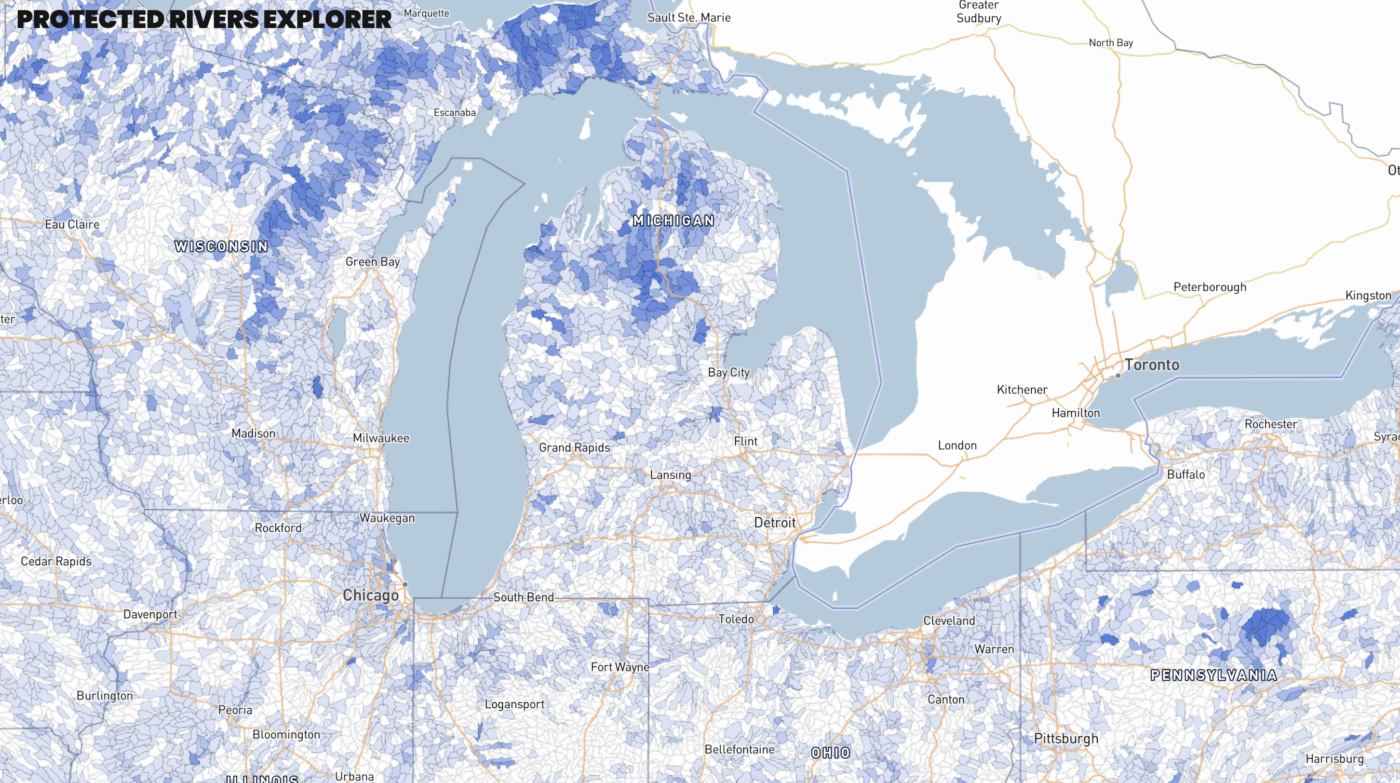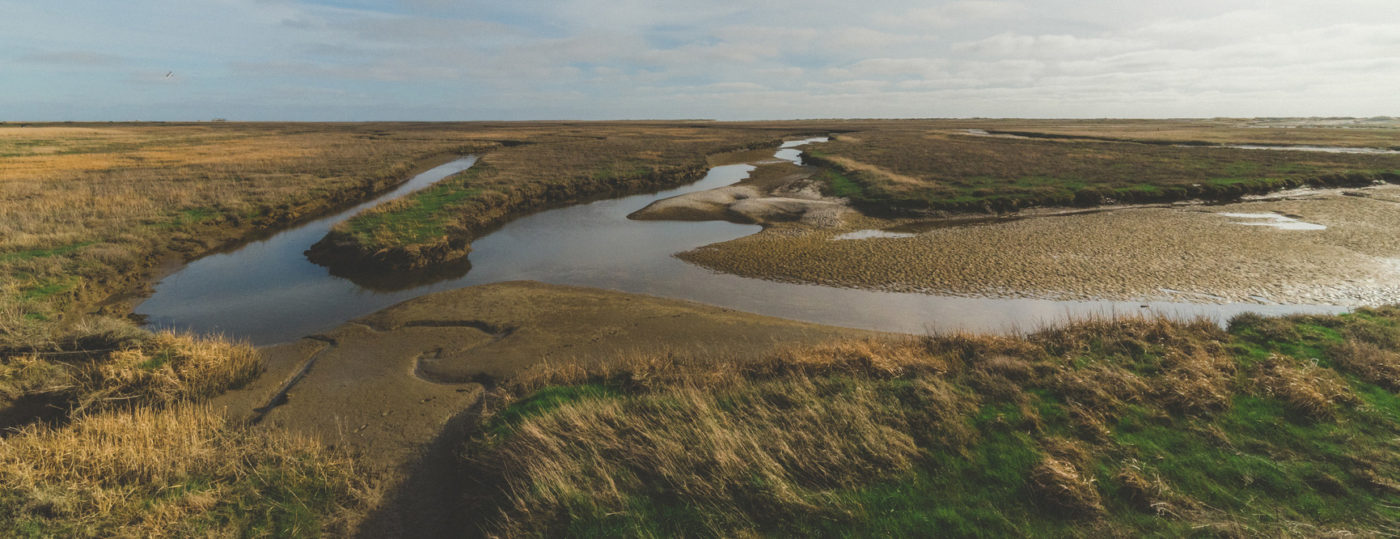"We’ve protected rivers for decades. But we couldn’t say, with confidence, how protected they really were. Now we can."
– David Moryc, Senior Director of River Protection, American Rivers
Discretionary Grant - Michigan (June 2025) — Across the country, millions of river miles wind through landscapes and lives, providing drinking water, fish habitat, recreation and a sense of place. Yet until recently, there was no way to truly understand how well those rivers were being protected, or where the greatest opportunities for restoration remained.
American Rivers and Conservation Science Partners set out to change that by creating the Protected Rivers Index, the first-ever national assessment of river protections. Developed with conservation scientists and freshwater experts, the Index brings together more than 70 types of river protections – from federal Wild and Scenic designations to local zoning ordinances and conservation easements – and evaluates not just their presence, but their effectiveness.
Does the river flow naturally? Is the water clean? Can fish migrate freely? The Index doesn’t just ask whether a river is protected, it asks how well existing protections are holding up under key ecological indicators.
“We realized that to truly protect rivers, we needed to understand them better, and help others do the same,” says Moryc. “Because you can’t fix what you can’t see.”

Thanks to support from the Walters Family Foundation, American Rivers is now introducing this vital tool to partners across Michigan, where river conservation already runs deep.
Michigan is home to 32 officially designated rivers: 16 federally protected as Wild and Scenic, and 16 safeguarded through the state’s Natural Rivers Program, one of the most robust in the country. Iconic waterways like the Au Sable, Manistee and Two Hearted benefit from these protections. But designation alone doesn’t guarantee lasting health.
“What we heard again and again,” Moryc says, “was that the rivers already designated still needed help – whether it was dam removals, habitat restoration or better management resources.”
That’s where American Rivers is stepping in – helping conservation groups across the state translate data into action. With funding from the Walters Family Foundation, American Rivers is hosting workshops, offering technical support and guiding collaborative planning to put the Protected Rivers Index into practice across Michigan.

The goal? To empower local partners with clear, actionable insights. They’ll be able to pinpoint how well a river is protected, where it’s vulnerable and what actions will make the biggest impact – laying the groundwork for stronger grant proposals, targeted advocacy and long-term restoration.
Another powerful aspect of the Index is its ability to bring diverse stakeholders together. A forest landowner, tribal community, municipal water manager and fishing guide might not see themselves as part of the same conservation story – until now.
“Conservation isn’t one lane,” Moryc notes. “This gives people a shared map, literally and figuratively.”
That map is already shifting the conservation conversation in Michigan. It’s creating new momentum for unified, data-driven action grounded in a shared love for rivers.
Because the first step in protecting something is seeing it clearly. And for Michigan’s rivers, that vision is coming into focus.
—
Curious how your local river measures up? Explore the Protected Rivers Index to see where protections exist, and where more work is needed.
Discretionary grants are by invitation only.

